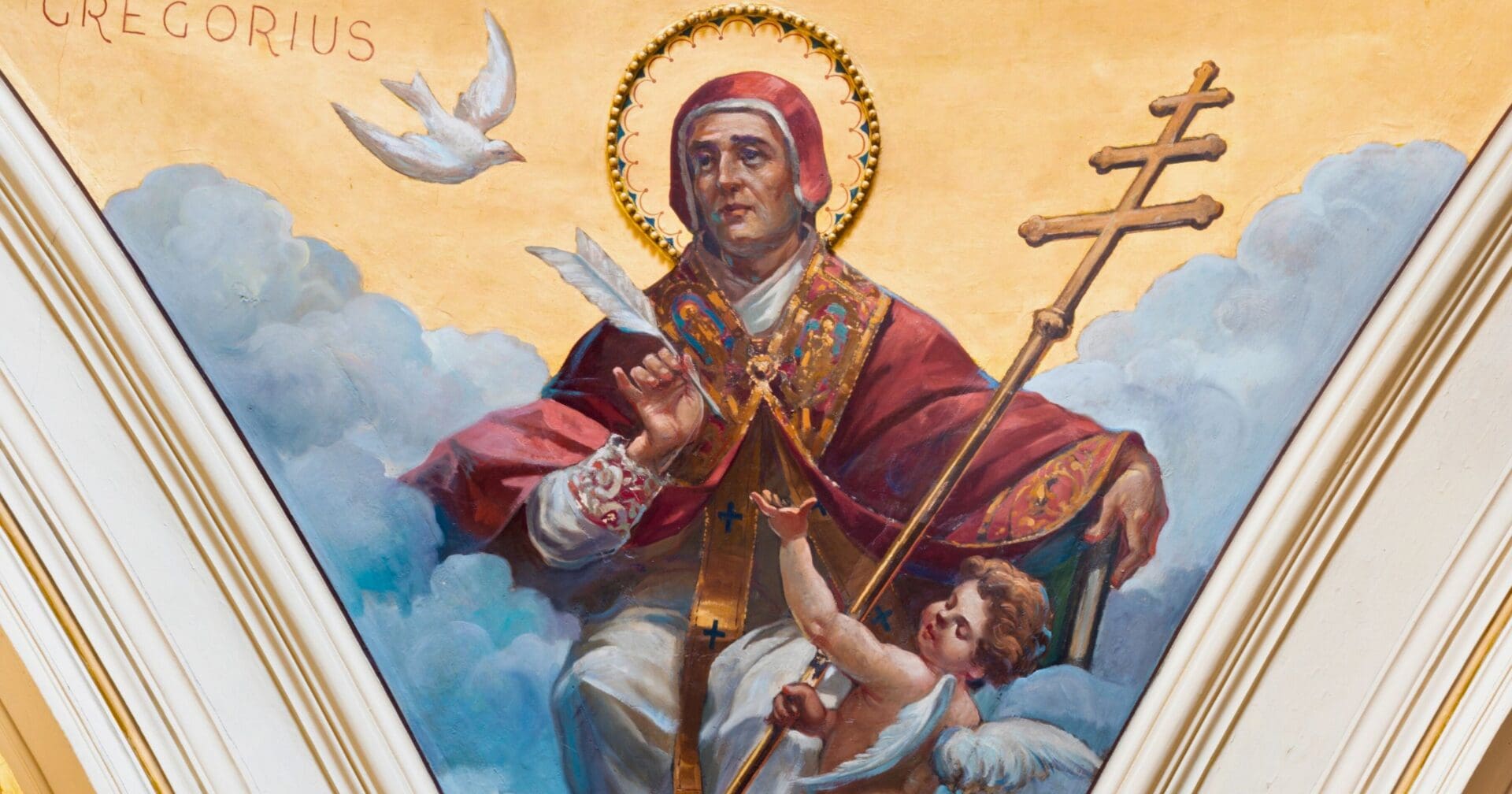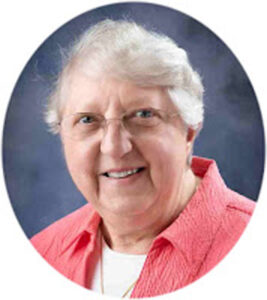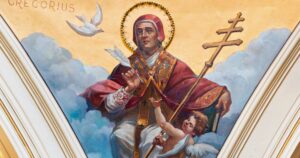
 Yesterday, September 3, was the Feast Day of St. Gregory I, also know as the Great. He was born in Rome around 540, around the time of St. Benedict’s death. He was born into a family of great wealth. His father, Gordianus, was a senator and a Prefect of Rome. His mother, Silvia, was also from a noble family. They owned estates on the island of Sicily which provided income.
Yesterday, September 3, was the Feast Day of St. Gregory I, also know as the Great. He was born in Rome around 540, around the time of St. Benedict’s death. He was born into a family of great wealth. His father, Gordianus, was a senator and a Prefect of Rome. His mother, Silvia, was also from a noble family. They owned estates on the island of Sicily which provided income.
When he was just 2 years old, in 542, the Plague of Justinian, the most severe outbreak of deadly disease the world had ever known, until the Black Death in 14th century, swept through the region and wiped out a third of the population in Italy. The family retreated to Sicily after all the upheaval. Gregory was well educated and excelled in all his studies, and became an expert in law, so that he became the Prefect of Rome, at just 33 year of age.
After his father’s death he had the family villa in Rome converted into a monastery, now known as the San Gregorio Magno al Celio. After falling into ruin, it was restored during the 17 and 18th centuries.
Even though a Monk, Pope Pelagius II, who reigned 579-590, chose Gregory as an ambassador to the imperial court in Constantinople. In 590, when the Pope died, Gregory was proclaimed pope by acclamation. This was not something Gregory wanted, but he accepted the burden nevertheless.
He was famous for the emphasis he put on missionary work. Anglo-Saxon Britain was, at that time still on the frontier of Christendom. He dispatched St. Augustine of Canterbury to Kent in 597.
He made many changes to the Mass, one still remains today, the place of the Our Father in the Mass. He may have also established “Cantos Planus”, know in English as plainchant.
He emphasized the aspect of service to the poor for deacons. They were increasing in number, so that now at least one was assigned to each Church and ordained for this purpose. Pope Gregory was well known for his alms to the poor, and he gave quite generously of the riches donated to the Church by the wealthy people of Rome. Everything from money to land was given to the poor in some fashion. He made it clear to his subordinates, that their duty was to relieve the distress of the poor. He ordered his clergy to go out into the streets to find and care for the poor in person. Any clergy who were unwilling to do this were replaced.
When a famine struck Rome in the 590’s Gregory ordered the Church to use its assists to feed the poor. By selling the produce from the Church’s land, he ordered it shipped to Rome and given away free. In this way, he saved thousands of people from certain death. He himself, refused to eat until his monks returned from their work of handing out food. He also made certain to dine with a dozen poor people at each meal.
Because of his great respect for the poor, it was Pope Gregory and the Church that became the most respected- and obeyed force in Rome and across Italy. From then on people looked to the Church for government rather that the distant and indifferent emperors in Constantinople.
Gregory suffered from arthritis in his last years. He died on March 12, 604, and immediately proclaimed a saint by means of popular acclaim.
He was also considered to be the first medieval pope, and a prolific writer. We, Benedictines know him as the author of “The Dialogues of St. Gregory,” in which he tells stories of St. Benedict and St. Scholastica.
Gregory is considered the patron saint of musicians, singers, students and teachers.
When I was in Rome, we visited the Basilica of St. Gregory, where the original presider’s chair still stood – a solid piece of stone, worn down by presiders over all these years. Not far away was the Church of St. Silva, his mother. I’m certain this may have been the location of the family villa.
St. Gregory is indeed the “Servant of the Servant of God.” Would that we could all imitate him in his care for those around him.
